Analytically-based Frameworks for AI Model Verification and Improvement in Cyber-Physical Systems
September 1, 2021
Towards Resilient, Responsive and Energy-Efficient 5G Enabled Smart Warehouse
September 16, 2021
Problem
DoD/OASD P&R aims to deliver, based on operational requirements, guidance, and strategy for developing a Forces innovative and efficient distributed training environment.
In order to realize this strategy, the training environment requires guidance to improve spectrum technologies that facilitate efficient standards and system interaction. This interaction is to provide minimal risk to high priority users, by data exchange over dynamic spectrum bands and cooperative spectrum sharing.
There is a defined requirement for a Dynamic Spectrum Access (DSA) and Cohabitation reference guideline handbook that would guide DoD best practices. This knowledge and experience will address challenges in facilitating cooperative spectrum sharing among geographically disparate users with diverse data exchange requirements and realizing resilient, low latency and low risk performance.
The reference guidelines handbook will provide a framework to evaluate the cohabitation of waveforms in the compressed band under testing, training, and operational conditions. In addition, the handbook should also provide recommendations for performance enhancement.
Approach
As main outcome of this delivered Summary, the project will develop an OASD P&R Reference Guideline Handbook for Dynamic Spectrum Access (DSA) and Cohabitation. The purpose of the handbook is to provide strategies to maximize 5G-ATW (Advanced Training Waveform) system performance in LVC (Live Virtual Constructive) environments.
The handbook provides technical definitions and terms of references for DSA & Cohabitation. It will also provide analytical framework for DSA & Cohabitation for waveforms in congested spectrum space and deliver guidance on how to derive metrics from the analytical framework. The metrics derived from the analytical framework can be compared with the Extendable Mobile Ad-hoc Network Emulator (EMANE) model results to verify and validate the quality of service in the congested band.


